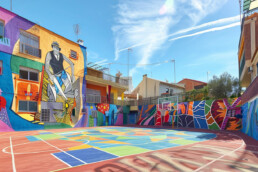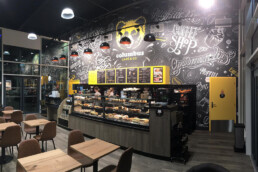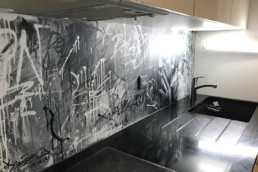As urban landscapes continue to evolve, the role of graffiti art in design considerations has taken center stage, particularly in creating environments that foster artistic expression and community cohesion. Imagine walking into a youth center where every corner tells a story, where vibrant colors dance across walls, and where artistic expression knows no bounds. This is the immersive experience that graffiti art brings to the table, turning once bland spaces into dynamic and engaging hubs for youth in Dubai. By seamlessly blending aesthetics with functionality, designers are tapping into the essence of graffiti art as more than just visual appeal but as a means of shaping environments that resonate with the spirit of the community. In this blog post, we delve into why graffiti art has become a key element in the design of youth centers in Dubai, exploring how it goes beyond mere decoration to create truly welcoming and inspiring spaces for the city’s young residents.
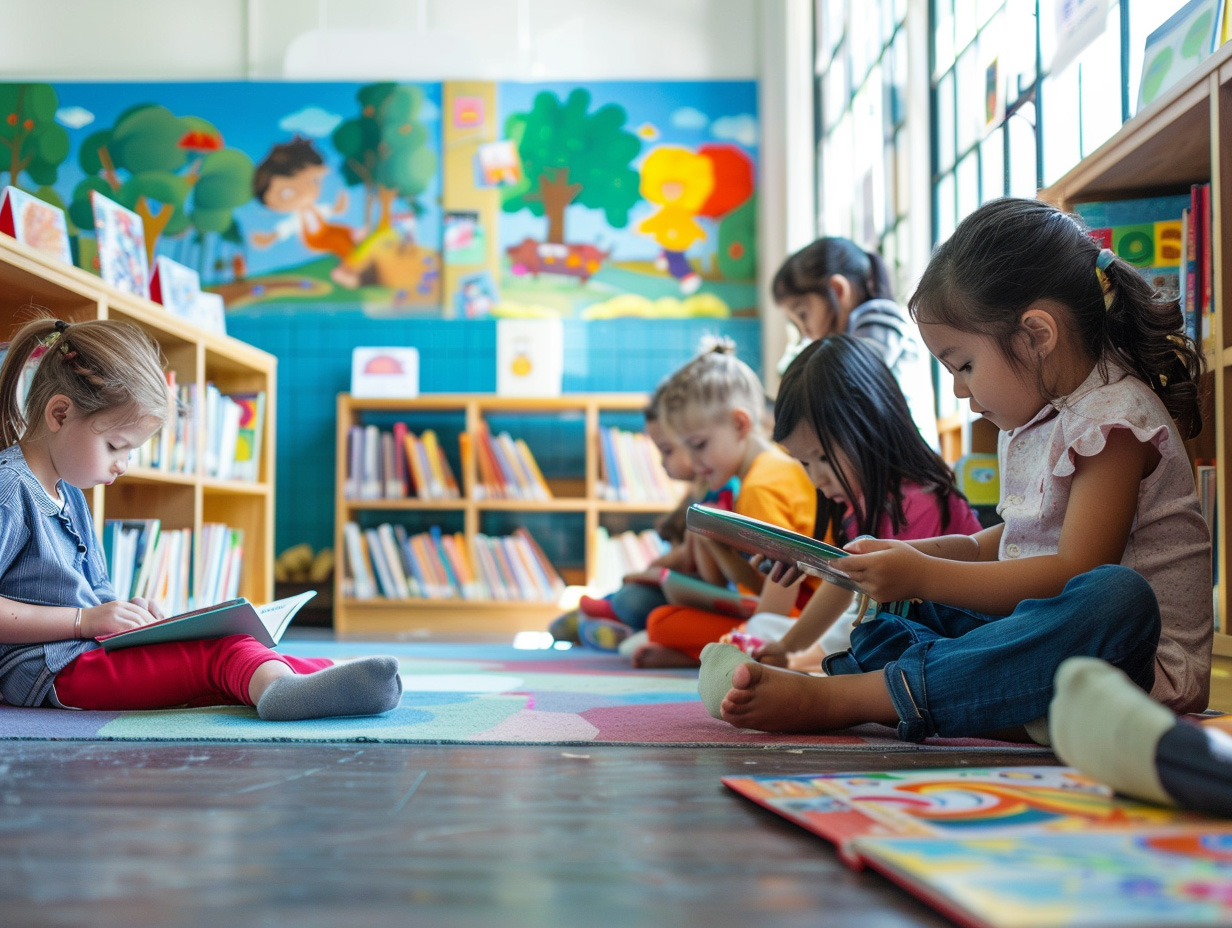 Embracing Urban Culture: Incorporating Graffiti Art in Youth Center Design
Embracing Urban Culture: Incorporating Graffiti Art in Youth Center Design
Graffiti art has long been associated with urban culture, often seen as a form of rebellion or vandalism. However, in recent years, there has been a shift in perspective, recognizing the transformative power of graffiti art in shaping youth centers. By incorporating this unique art form into the design process, youth centers in Dubai are embracing urban culture and creating spaces that resonate with the city’s young residents.
One of the key reasons why graffiti art is being incorporated into youth center design is its ability to engage and captivate young people. Traditional designs and plain walls can often be uninspiring for today’s youth who are constantly bombarded with visual stimuli. Graffiti art brings vibrancy and energy to these spaces, capturing the attention of young visitors and encouraging them to explore their creativity.
Moreover, graffiti art provides an avenue for artistic expression. Many young people have a natural inclination towards creativity but may not have access to traditional forms of artistic expression. By incorporating graffiti art into youth centers, designers are providing an outlet for these individuals to express themselves freely and authentically.
 Fostering Creative Expression: The Role of Graffiti Art in Empowering Youth
Fostering Creative Expression: The Role of Graffiti Art in Empowering Youth
Graffiti art plays a crucial role in empowering youth by fostering creative expression. It allows young people to break free from societal norms and express their thoughts, emotions, and ideas through visual means. This form of self-expression can be particularly powerful for marginalized or disadvantaged youth who may feel unheard or invisible within society.
By incorporating graffiti art into the design of youth centers, designers are sending a clear message that creative expression is valued and encouraged. These spaces become safe havens where young people can freely explore their artistic abilities without fear of judgment or criticism.
In addition to empowering individual youth, graffiti art also fosters a sense of community and belonging. When young people come together to create collaborative art projects, they not only learn from one another but also develop a sense of camaraderie and shared purpose. This collaborative aspect of graffiti art promotes teamwork, communication, and problem-solving skills – all essential qualities for personal growth and development.
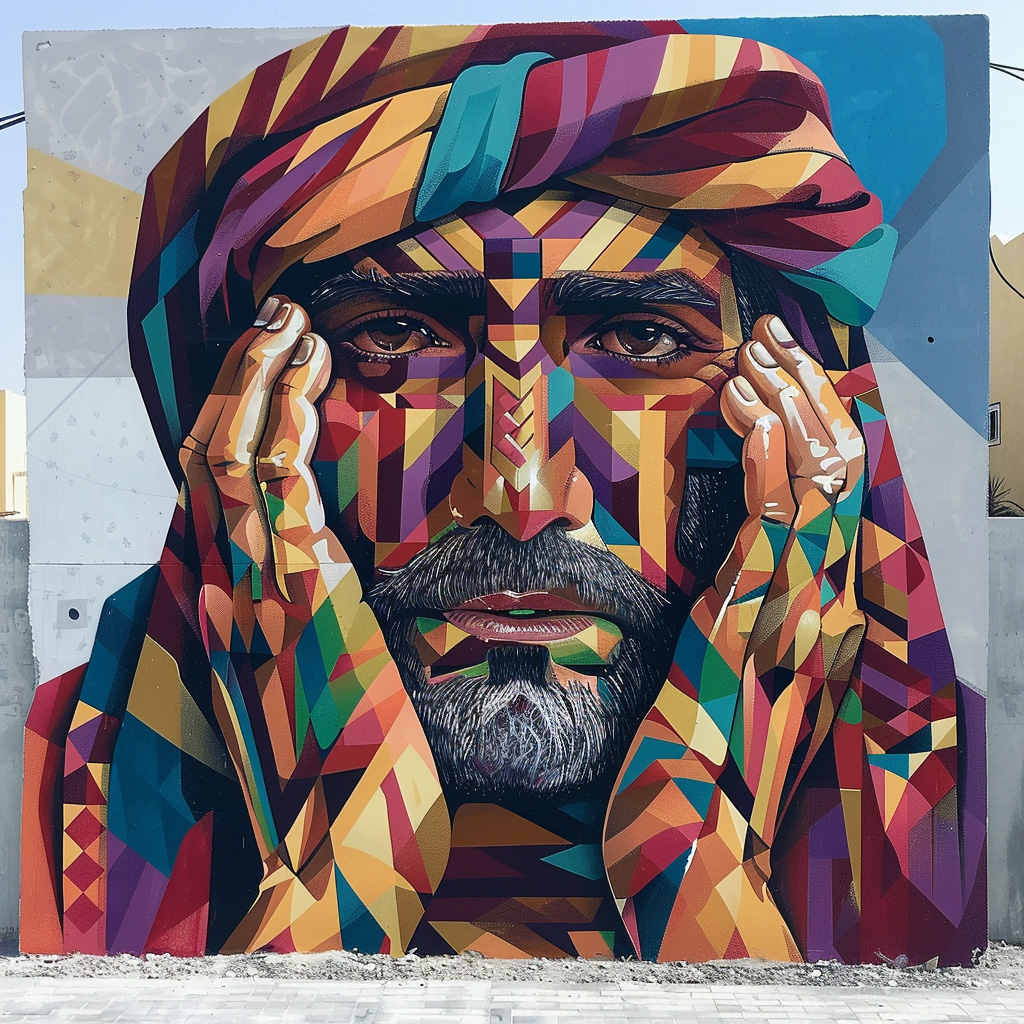 Cultural Identity and Diversity: Celebrating Dubai’s Artistic Heritage Through Graffiti
Cultural Identity and Diversity: Celebrating Dubai’s Artistic Heritage Through Graffiti
Dubai is a city known for its rich cultural heritage and diverse population. Incorporating graffiti art into youth center design allows for the celebration of this artistic heritage while embracing the diversity of the city’s residents.
Graffiti art can be used as a medium to showcase different cultural influences, traditions, and stories. By incorporating elements from various cultures into the artwork, youth centers become inclusive spaces that celebrate diversity and promote cross-cultural understanding.
Furthermore, graffiti art provides an opportunity to highlight local talent and support emerging artists within the community. By featuring the work of local graffiti artists in youth centers, designers are not only showcasing their skills but also providing them with a platform to gain recognition and exposure.
Collaborative Art Projects: Engaging Youth in the Design and Creation Process
One unique aspect of incorporating graffiti art into youth center design is the opportunity it presents for young people to actively participate in the design and creation process. By involving youth in collaborative art projects, designers are empowering them to take ownership of their space.
Engaging young people in the design process allows them to have a say in how their environment looks and feels. This sense of ownership fosters a greater sense of pride and responsibility towards these spaces. It also encourages young people to develop critical thinking skills as they navigate through design choices, problem-solving challenges along the way.
Moreover, involving youth in the creation process helps to build a sense of community and belonging. When young people see their artwork displayed in youth centers, they feel a sense of accomplishment and recognition. This can have a positive impact on their self-esteem and overall well-being.
Conclusion: The Transformative Power of Graffiti Art in Shaping Youth Centers in Dubai
Graffiti art has emerged as a key element in the design of youth centers in Dubai, offering numerous benefits for young people and the community as a whole. By embracing urban culture, fostering creative expression, celebrating cultural identity and diversity, and engaging youth in collaborative art projects, designers are creating spaces that go beyond mere decoration.
These youth centers become vibrant hubs that inspire creativity, empower young people, and foster a sense of community. Through graffiti art, Dubai’s youth centers are transforming into engaging spaces that reflect the spirit of the city and provide an inclusive environment for its young residents.
Related Posts
30 mars 2024
Empowering Dubai’s Sports Facilities: Graffiti Artistic Makeovers Engaging Youth Community Centers
Dubai's sports facilities are…
4 novembre 2023
The Artistic Transformation of Dubai’s Dining Spaces with Graffiti
Dive into Dubai's dining revolution…
